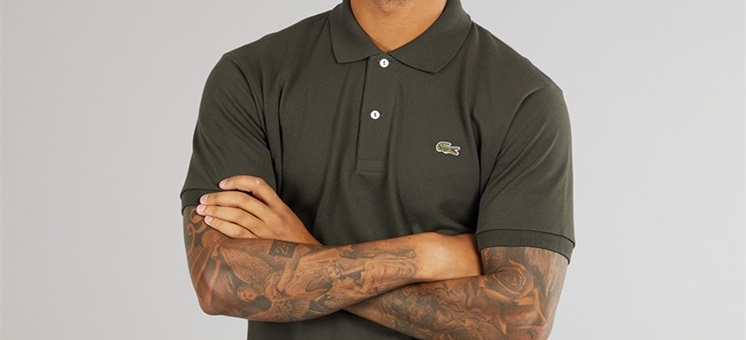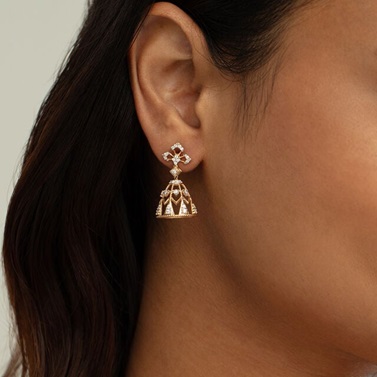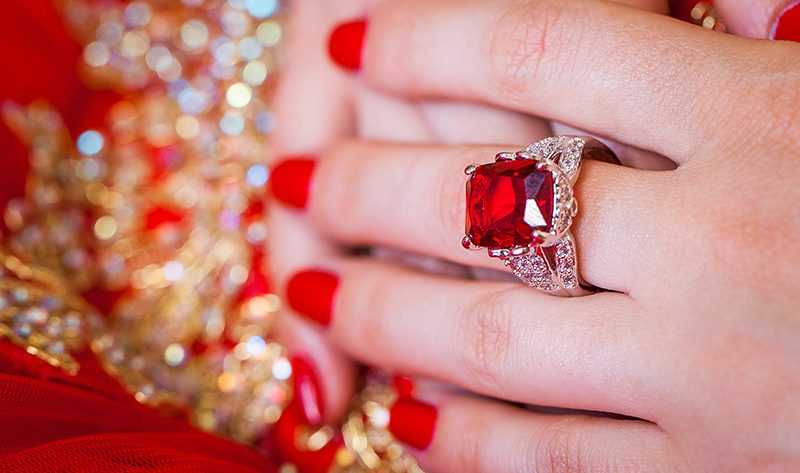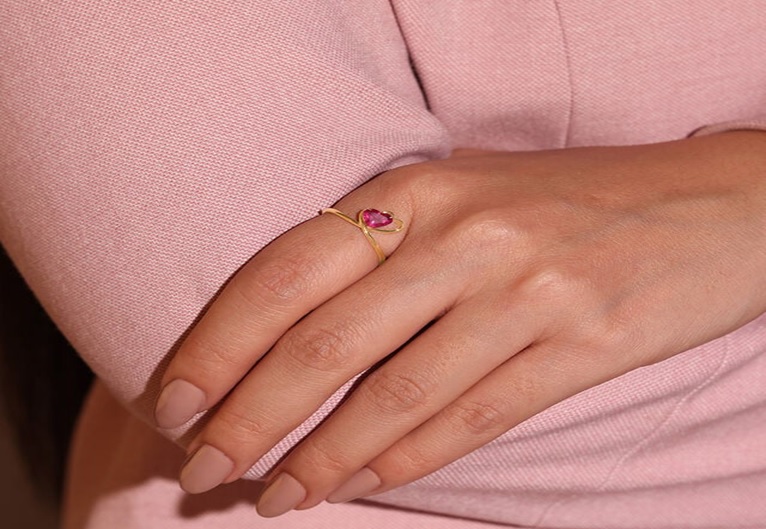Few items of clothing can claim to have shaped modern fashion in quite the same way as the Lacoste polo shirt. Worn by sportsmen, artists, and style-conscious dressers alike, it has managed to cross the boundaries between sport, leisure, and luxury for almost a century. Its staying power lies in the balance between simplicity and statement: a design stripped back to essentials, yet recognisable anywhere in the world.
A revolution in tennis whites
The story begins on the tennis courts of the 1920s, where French champion René Lacoste was rewriting not just the record books but also the rules of dress. At the time, tennis players were expected to wear long-sleeved shirts, trousers, and ties — a uniform that was hardly suited to the demands of an athletic match in the summer heat. Lacoste, always practical and inventive, set out to design something better.
In 1933, he introduced a short-sleeved cotton shirt with a flat, soft collar and a longer back hem that stayed neatly tucked into trousers. It was a quiet revolution: lighter, more breathable, and easier to move in. Soon, it was clear that this shirt wasn’t just another sports innovation but a blueprint for how casual menswear would evolve throughout the 20th century.
The power of a crocodile
What made the Lacoste polo shirt stand out even further was the small embroidered crocodile stitched onto the chest. This was one of the earliest uses of visible branding in fashion, decades before logos became mainstream. The symbol came from Lacoste’s own nickname, “the Crocodile,” a nod to his persistence and tenacity on court.
That tiny emblem added more than decoration — it gave wearers a sense of belonging to something stylish and aspirational. It was sport, but it was also status. Over the years, this crocodile would become a globally recognised marker of quality, rivalled only by a handful of other fashion houses.
Beyond the tennis court
By the 1950s and 60s, the polo had firmly escaped its sporting origins. Actors and musicians wore it as a casual alternative to the stiff shirts of the era. It offered comfort without looking careless — a rare balance that resonated with a new generation looking to express themselves in subtler ways.
From there, the shirt became a fixture in wardrobes across Europe and the United States. In Britain, it found favour with subcultures ranging from Mods to preppy students, each group adopting the Lacoste polo shirt and giving it their own twist. That versatility explains a lot of its endurance: few garments can slip so easily from a tennis club to a concert, or from a summer holiday to a smart-casual office.
Craft and consistency
Part of the enduring appeal is down to quality. Lacoste’s decision to use petit piqué cotton — a tightly woven yet breathable fabric — set a standard that has become central to the brand’s reputation. Unlike mass-produced shirts that sag or lose shape after a few washes, the classic Lacoste polo shirt is designed to hold its structure.
Attention to detail is another factor. The collar sits neatly, the buttons are understated, and the fit strikes a middle ground between relaxed and tailored. None of these features are loud on their own, but together they create a garment that feels considered. It’s why the shirt has managed to stay relevant even as fashion trends have shifted dramatically.
A global uniform of casual elegance
Today, the Lacoste polo shirt is worn everywhere from Paris to Tokyo, from Wimbledon to weekend brunches. Its adaptability is remarkable: paired with chinos and loafers, it leans smart; with shorts and trainers, it’s pure leisure. That chameleon quality is rare in fashion, where many trends burn bright and fade quickly.
It also speaks to the democratising nature of the shirt. While it began as a symbol of elite sport, it has become accessible to anyone who wants a piece of its history and refinement. Owning one is less about chasing fashion and more about embracing a garment that feels timeless.
Ninety years on, the Lacoste polo shirt continues to hold its ground as both a classic and a canvas for reinvention. Collaborations with designers and artists have brought new colours, patterns, and cuts, yet the essence remains the same: that clean design, breathable fabric, and proud little crocodile.
It’s not easy for a single item of clothing to remain relevant across so many decades and so many cultures. The polo’s achievement lies in the fact that it never tried too hard. It was born from practicality, elevated by design, and carried by the confidence of those who wore it.
In an industry driven by constant change, the Lacoste polo shirt is proof that the simplest ideas — when executed well — can last the longest. From tennis courts in the 1930s to the streets of today’s cities, it remains the shirt that changed casualwear, and it shows no signs of surrendering that title anytime soon.













